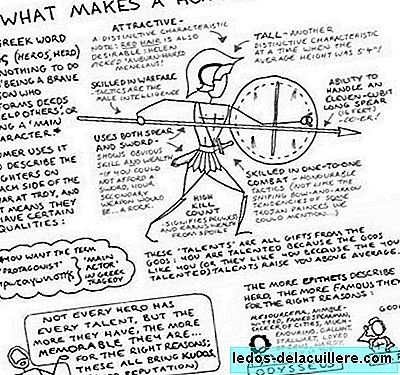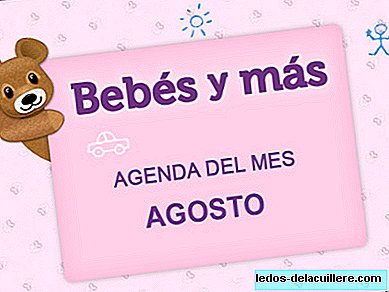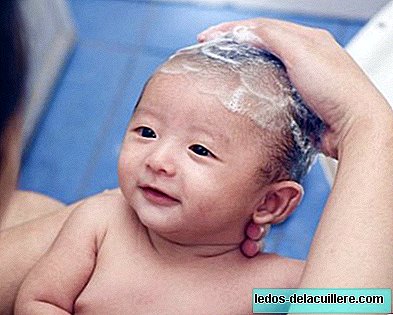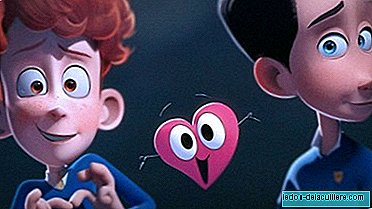
Piercings have been part of the many alternatives that exist to decorate our body for a few years and, as you know, they can be placed in virtually any area of our body.
There are women, or girls, as it is usually done in adolescence, who put nipple piercings (or both nipples) without knowing very well to what extent it can then affect when breastfeeding a baby, basically because at these ages talking about babies is so far away that "then I'll worry about it" reigns.
It's hard to know for sure how it can affect wearing a nipple piercing when breastfeeding a baby, because each case is unique, but if you wear a piercing (or if you were thinking of becoming one) we will try to explain it.
Keloid Risk
The first thing to keep in mind when talking about piercings is that when you pierce an area of the body is getting a wound that then has to heal. Some people heal without too much trouble, but there are others who have predisposition to form keloid, which is like excess skin growth to heal, forming more bulky scars than normal. If this happened in a nipple, the lactiferous ducts of the chest could become clogged or even deformed, making it impossible in the future for the normal passage of milk to the outside.
As with breastfeeding the breasts increase in size the obstruction produced by the scar could be aggravated at the risk of a mastitis, since there is accumulation of milk that cannot leave as it should.
Risk of milk leakage through the piercing hole
It could also happen, when breastfeeding a baby, to leave milk through the piercing holes. This can happen if the piercing has not yet healed completely. The healing of the skin of a piercing can last up to 18 months, although there are women who can take up to 3 years.
Risk of production decline
In some women with nipple piercing, a decreased milk production, which is associated with lower blood flow. As milk production depends on the flow of blood in the chest, less blood, less milk.
However, other hypotheses associate this decreased production with the perforation of some nerve endings of the nipple. As the amount of milk produced by a woman is linked to the sucking of the baby, it is necessary that the nipple be prepared to notice the stimulation of the baby's suction and, when many nerve endings are cut, many women lose nipple sensitivity and stimulation It is not transmitted in the same way.
I do not say that the example I give you now is extensible to all women, far from it, but in a breastfeeding congress I attended a little over a year ago they showed us the example of a woman wearing a nipple piercing and who was breastfeeding, whose flow of breast milk in the perforated chest was close to 5-10% of the flow of the other breast (Come on, he barely produced milk with that chest).
Risk of not breastfeeding to avoid piercing withdrawal
When breastfeeding a baby it is recommended to remove the piercing of the nipple and place it again after breastfeeding, an action that can cause difficulty and pain and that, taking after taking and day after day can make the mother choose between removing the piercing while breastfeeding or stop breastfeeding. Those who choose remove the piercing temporarily They run the risk of realizing, at the time of weaning, that the necessary time has passed for the piercing to close, so it is something that must also be taken into account when deciding.
Each case is particular.
As you can see, I have talked about risks, without explaining percentages or probabilities. I have done so because there are very few studies that talk about this and because the few that are there study very few women. It is simply a summary of what could happen if a woman becomes a nipple piercing, but that could also not happen.
Let's say that, at the time of breastfeeding, each mother should assess the extent to which she can breastfeed or not, performing, perhaps, an ultrasound of the breast or some type of test that can glimpse the amount of blocked ducts, blood flow, presentation of tumors, how the scar is, etc., or seeing once you have the baby how breastfeeding evolves and then acting accordingly.












